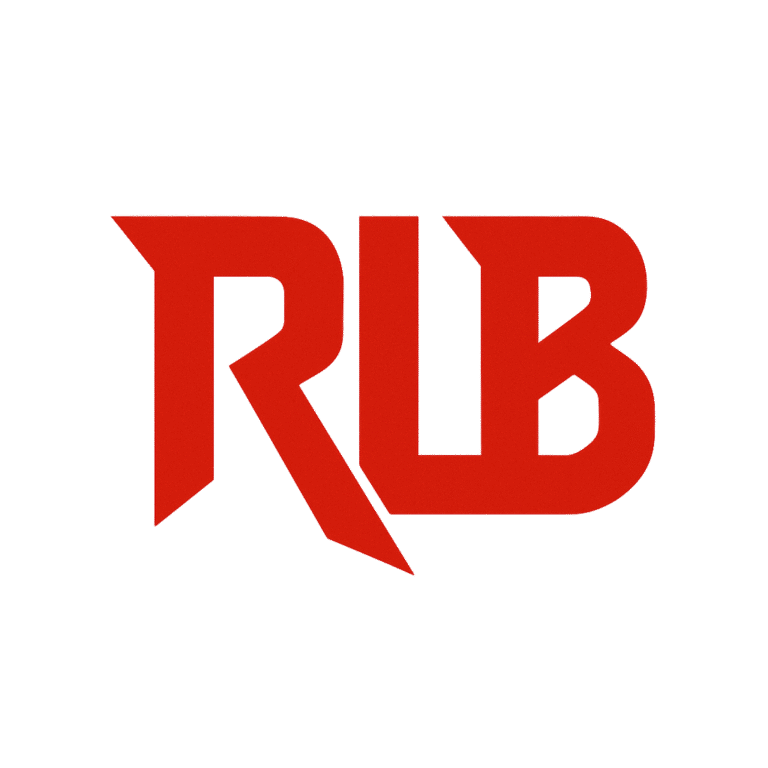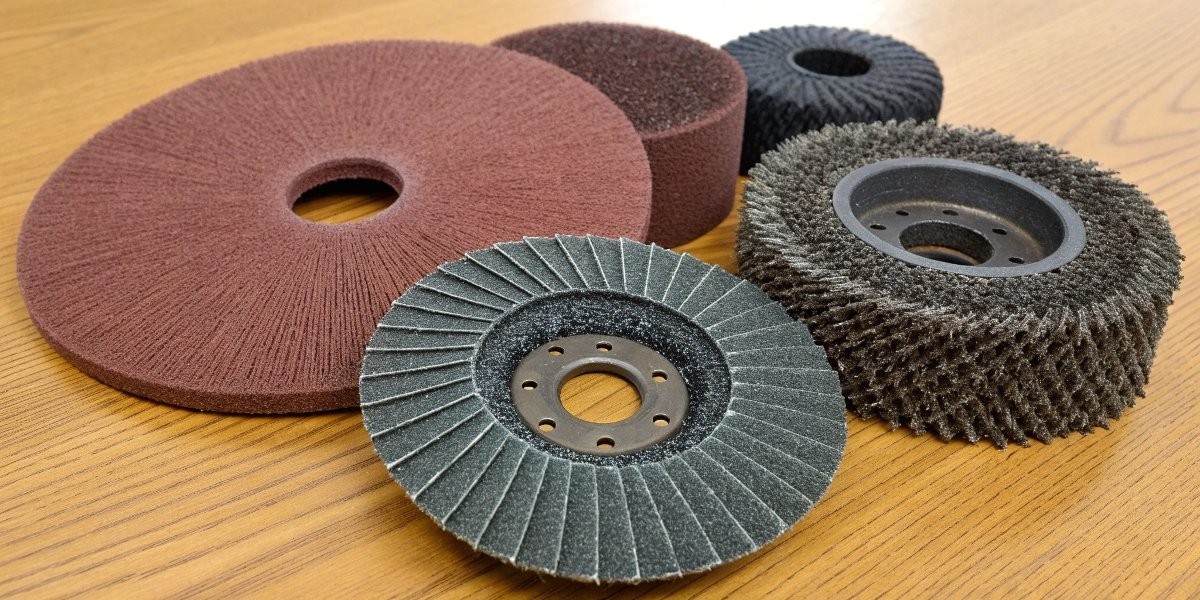
Do you find the world of abrasives confusing? With so many different products, it is hard to understand what they are all for. This confusion can lead to using the wrong tool, wasting time and money.
Abrasives are hard materials used to shape or finish a workpiece through rubbing. Their primary use is as the main ingredient in abrasive tools like grinding wheels, cutting discs, sandpaper, and polishing pads.
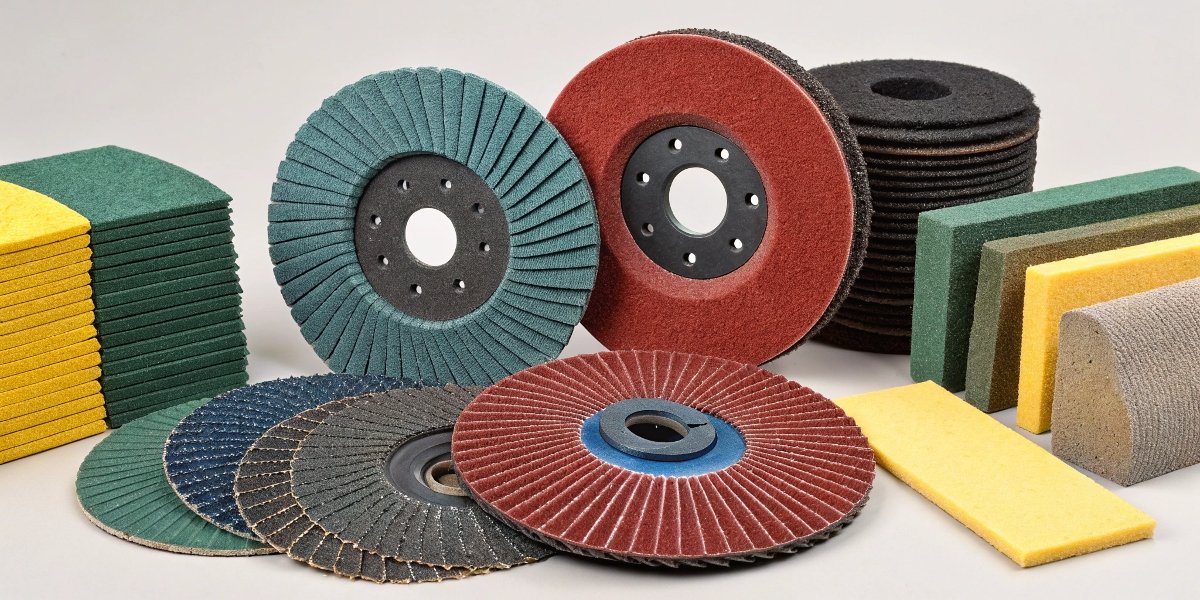
At our factory here in Henan, we work with abrasives1 every single day. We take raw, sharp grains of material and transform them into the tools that build our world. My favorite way to think about it is this: an abrasive is simply a tool for cutting. But instead of one large cutting edge like a knife, an abrasive tool has thousands or millions of microscopic cutting edges. This allows for incredibly fine and controlled material removal2. Understanding this one idea helps to see the connection between all the different abrasive products. They are all just different ways of holding onto these tiny cutting points to do a specific job.
What is the purpose of an abrasive?
Do you just think of abrasives as something for smoothing rough surfaces? Sticking with this limited view means you miss their full power. You could be overlooking better solutions for high-speed cutting, precision shaping, or deep cleaning.
The main purpose of an abrasive is to remove material from a surface in a controlled way. It works by cutting very small chips from the workpiece. This action is used to shape, sharpen, cut, smooth, or clean things.
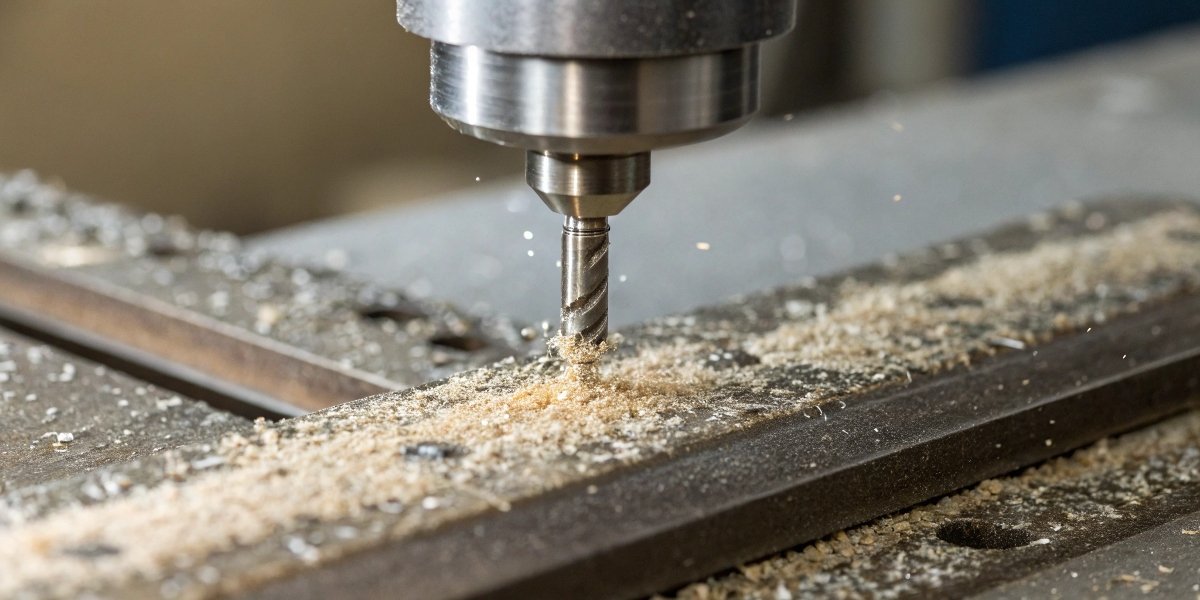
The purpose of every abrasive grain3 is to act like a tiny, sharp cutting tool. When this grain is pressed against a workpiece and moved, it digs in and ploughs out a tiny groove. In doing so, it creates a small chip of material that is removed. When you have millions of these grains bonded together in a wheel or on a piece of paper, they work together to remove a lot of material very quickly. A cutting disc uses this action to remove material in a very narrow line, slicing right through a piece of steel. A grinding wheel uses it to remove material from a surface, making it flat. Fine sandpaper4 uses it to remove only the very highest peaks on a surface, making it feel smooth. We at Reliable (RL) pick the exact size, shape, and type of abrasive grain to optimize this cutting action for each specific tool and the job it needs to do.
What is the main purpose of the abrasive in the grinding process?
When you grind a part, does it get too hot or have a bad surface finish? This often happens when the abrasive grains in your wheel stop cutting properly. The result is rubbing, which creates heat and ruins your part.
In the grinding process, the main purpose of the abrasive is to act as a cutting tool that removes material. Thousands of sharp grains shear away tiny chips from the workpiece to achieve a precise size, shape, and smooth finish.
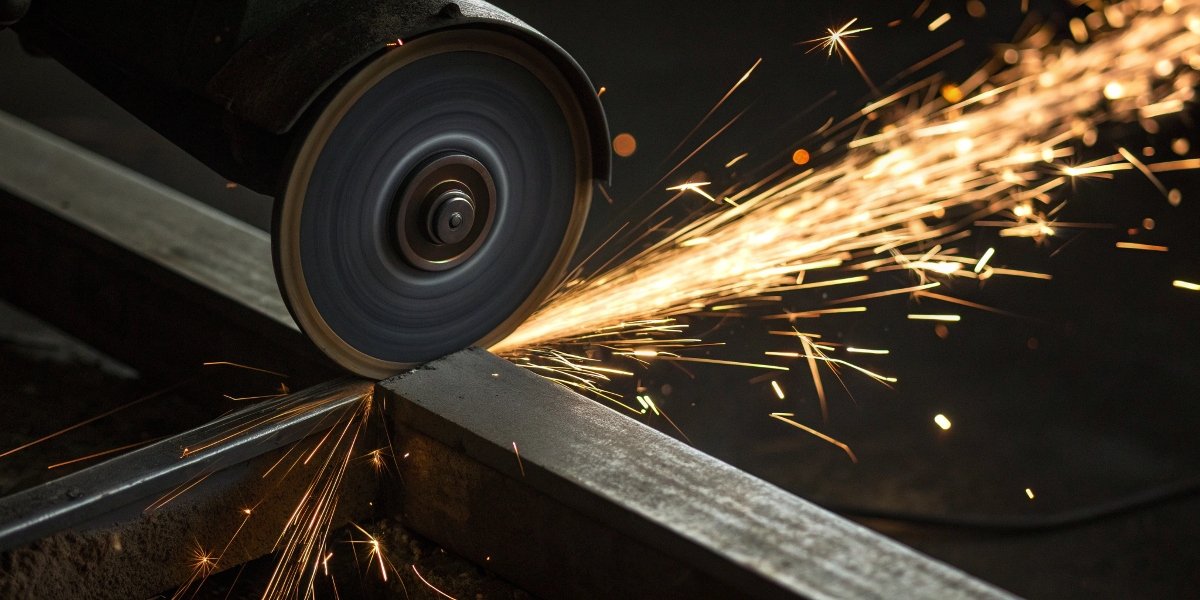
The grinding process5 is all about precision material removal. The abrasive grains embedded in the wheel are the workers that make this happen. When the wheel spins at high speed, each grain takes a small, fast cut from the workpiece. The goal is to keep these grains cutting efficiently. If the material being ground is very hard, like tool steel, it will dull the grains quickly. This is why the bond of the wheel is so important. The bond’s job is to hold the grain just long enough, then release it once it gets dull, exposing a new, sharp grain. This self-sharpening action is critical. If the dull grains are not released, the wheel stops cutting and starts rubbing. This rubbing creates intense heat and a poor finish, a problem called "glazing." As a manufacturer, we carefully engineer the combination of abrasive type and bond hardness6 to match the material our clients are grinding, ensuring a clean, cool cutting action every time.
What are abrasive tools used for?
Do you think a cutting disc and a sheet of sandpaper are completely unrelated? This way of thinking can create blind spots. You miss the simple connection that unites all these tools and the problems they can solve.
Abrasive tools are used for an enormous range of tasks. These include cutting steel beams, grinding welds smooth, sharpening drill bits, sanding wood furniture, and polishing granite floors. They are essential tools for shaping and finishing materials in nearly every industry.
[^7] in use: a cutting disc cutting rebar, a flap disc smoothing a weld, a hand sanding wood, and floor polisher on stone.](https://reliableabrasives.com/wp-content/uploads/2025/08/4-abrasive-tools-are-used-for-an-enormous-range-of.jpg)
My Insight is that you should think of the raw abrasive grain as the engine. The abrasive tool is the vehicle we build around that engine to do a job. The same basic abrasive material, like aluminum oxide7 or silicon carbide8, can be used to make many different tools. We take these abrasive grains and, using different bonding agents and manufacturing processes, we create the full range of tools our customers need. For a buyer, this means that the name of the tool is less important than the job you need to do. When a customer tells us they need to cut stainless steel pipes, we know to provide them with a thin cutting disc made with the right kind of abrasive. When another says they need to polish concrete, we provide a series of diamond9 polishing pads10. It’s all about putting the abrasive to work in the right form.
From Abrasive Grain to Abrasive Tool
| Abrasive Grain | Abrasive Tool We Make | Primary Use Case |
|---|---|---|
| Aluminum Oxide | Grinding Wheels, Sanding Belts | Grinding steel, Sanding wood |
| Silicon Carbide | Cutting Discs, Waterproof Paper | Cutting stone, Wet sanding paint |
| Diamond | Saw Blades, Polishing Pads | Cutting concrete, Polishing granite |
| Cubic Boron Nitride | Precision Grinding Wheels | Grinding hard tool steels |
What are the types of abrasives used in grinding?
Are you still using a "general purpose" wheel for every single job? This common practice is a recipe for slow work, worn-down tools, and poor results. Not matching the abrasive to the material is a very costly mistake.
There are two main groups of abrasives used in grinding: conventional and superabrasives. Conventional abrasives are aluminum oxide and silicon carbide. Superabrasives are diamond and cubic boron nitride (CBN). The correct choice depends entirely on the workpiece material.
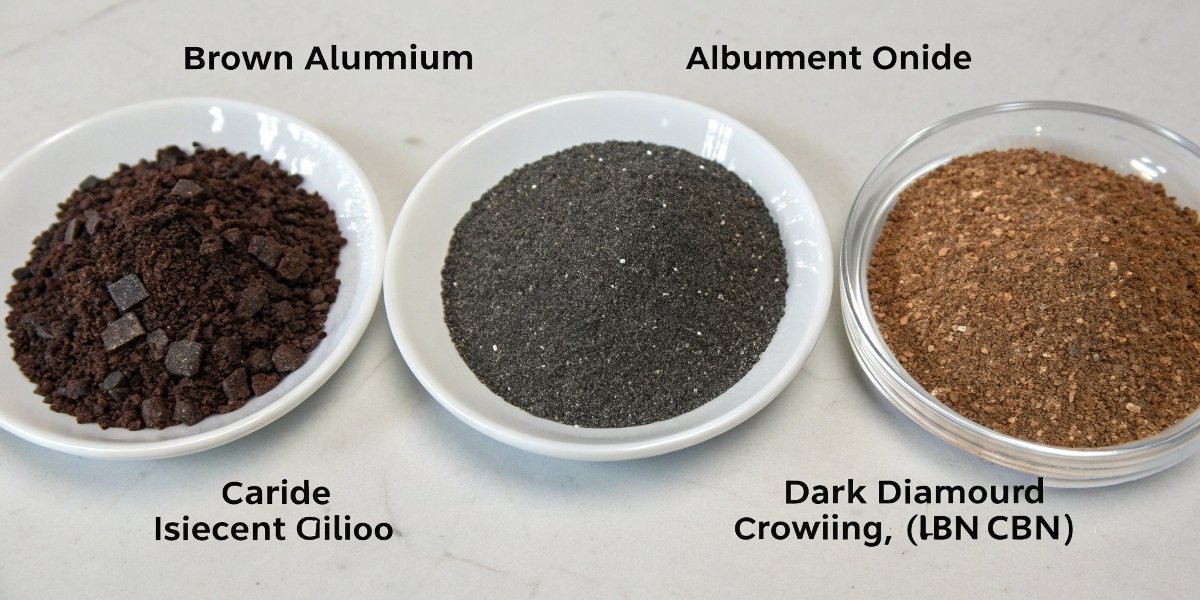
Choosing the right abrasive type is the most important decision in grinding. Each one has unique properties that make it perfect for some jobs and terrible for others. Aluminum Oxide is the most common and is the workhorse for grinding steel and other ferrous metals. Silicon Carbide is harder but more brittle, so it is ideal for grinding non-ferrous metals like aluminum and hard, brittle materials like stone and cast iron. Then we have the superabrasives11. Diamond is the hardest material on earth, making it the king of cutting concrete, stone, glass, and composites. However, it cannot be used on steel because the carbon in the diamond reacts with the iron at high temperatures. For grinding hardened steels, we use its partner: Cubic Boron Nitride (CBN). CBN is the second-hardest material and is very stable at high temperatures, making it the perfect choice for precision grinding of steel alloys. Our location in Henan gives us direct access to 80% of China’s diamond supply, allowing us to be leaders in producing high-performance superabrasive tools for the global market.
Conclusion
Abrasives are fundamental cutting materials. They are made into a vast family of tools used for shaping, cutting, and finishing almost every product we use. Choosing the right one makes all the difference.
-
Explore the diverse applications of abrasives and how they shape various industries. ↩
-
Learn about the process of material removal and its significance in manufacturing. ↩
-
Explore the significance of abrasive grain in the performance of cutting tools. ↩
-
Find out about the different types of sandpaper and their specific uses for various materials. ↩
-
Learn about the grinding process and how it contributes to material shaping. ↩
-
Understand the role of bond hardness in the effectiveness of abrasive tools. ↩
-
Learn about the properties of aluminum oxide and its common applications in grinding. ↩
-
Discover why silicon carbide is favored for certain grinding applications. ↩
-
Find out why diamond is considered the best material for cutting and polishing. ↩
-
Understand how polishing pads can improve the finish of different surfaces. ↩
-
Explore the advantages of superabrasives over conventional abrasives in grinding. ↩
Written by
leeon
You may also be interested in:
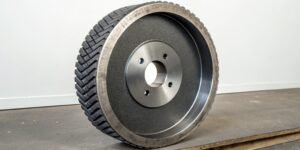
What's the application of CBN Wheels?
Struggling with grinding hard steels? Frequent wheel changes and poor finishes can hurt your bottom line. We have found that CBN wheels provide the durability
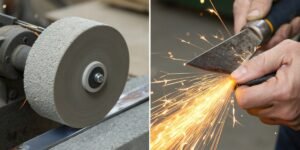
What is the difference between grinding and honing a blade?
A dull blade is a frustrating problem. It slows down production and ruins your workpiece. Using the wrong technique to fix it can cause permanent
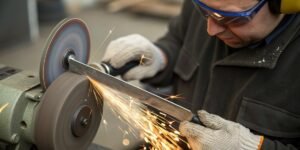
How to sharpen a knife on a bench grinder?
Is your dull knife slowing you down? A bench grinder seems like a quick fix, but you’re worried about ruining the blade. You need a

Can you use an angle grinder as a sander?
Your sanding project is tough, and your regular sander is not powerful enough. You look at your angle grinder. It has the power, but is
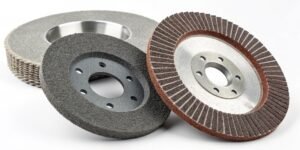
How to judge the quality of a grinding wheel?
Choosing the wrong wheel wastes money and ruins parts. Poor quality leads to downtime and rejection. A few key checks can guarantee you pick the

What is low stress grinding?
Struggling with parts failing due to hidden stress from grinding? This common issue causes cracks and reduces component life, costing you money. Low stress grinding
